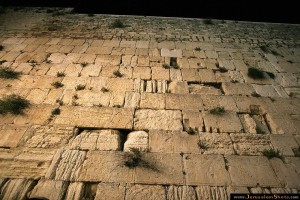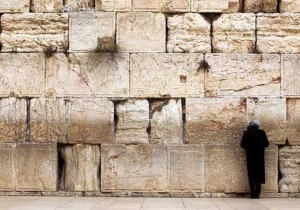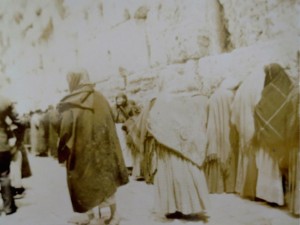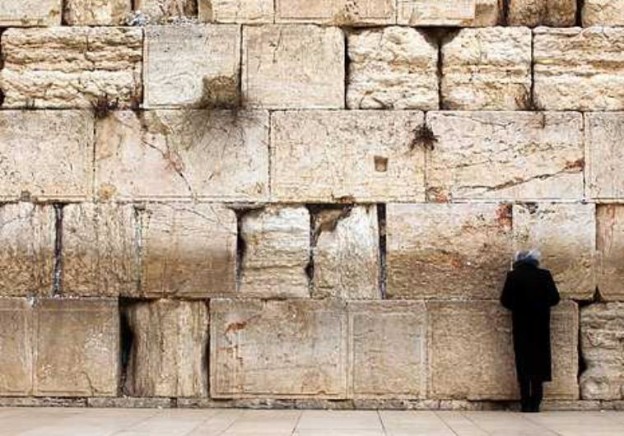 The Kotel is a special place. As a remnant of the Temple, we have gravitated to it to feel a special closeness to our history, to a Divine place, the home for the Almighty that we built. We feel a deep emotional and often mystical connection that draws us into the space. Otherwise it is nothing more than a large brick wall.
The Kotel is a special place. As a remnant of the Temple, we have gravitated to it to feel a special closeness to our history, to a Divine place, the home for the Almighty that we built. We feel a deep emotional and often mystical connection that draws us into the space. Otherwise it is nothing more than a large brick wall.
I recall arriving in Jerusalem for my first year of rabbinical school in Israel. I got off the plane, hopped into the sherut to Jerusalem dropped off the bags and then headed to the Wall. It was late. I had traveled for what seemed like days and although exhausted, I was compelled to go to the Wall. The emotions welled up from deep inside. I stood in the plaza gazing upon this place. With the kind of intense reverence and awe that happens rarely, I slowly approached the Wall. It was powerful. The thing that happened to me was an extraordinary moment, an encounter between my history, my people, my God and me. But the Kotel is not the sole place of my Judaism. The Makom or place of my Judaism extends beyond time and space and includes the idea of a Jewish people. This vision of Judaism however is compromised by the very compromise announced to create separate spaces for different kinds of Jews to pray.
The arrangement for the space at the Wall has in many ways undermined what the space itself means for Judaism. Each denomination of Judaism now has a place it can call its own. The Wall of the Temple has been segregated, sliced and diced so each sect has an area where it can feel comfortable. The gain of a place for egalitarian Jews at the wall however is also the loss of the symbol of the Wall for us all as a place of unity; for these partitions are along the fault lines of Ashkenazic observances segregating us from each other instead creating a place accessible to everyone. The remnant of where God dwelled amidst the Jewish people has become a place of division and discord within God’s people.
We have all seen the photographs of the wall at the turn of the century. Men and women were  there together. The Wall was a private space to connect individually in a public place. How you practiced or the community with which you identified did not matter. In the early post-1967 days that sense of Klal Yisrael permitted a similar experience. It was fleeting, and sadly, it has devolved into staking territory in a turf war. Although liberal Judaism may have won something important in getting a place at the wall to pray, we must regretfully acknowledge that in this agreement something else important continues to elude us, namely the unity of the Jewish people.
there together. The Wall was a private space to connect individually in a public place. How you practiced or the community with which you identified did not matter. In the early post-1967 days that sense of Klal Yisrael permitted a similar experience. It was fleeting, and sadly, it has devolved into staking territory in a turf war. Although liberal Judaism may have won something important in getting a place at the wall to pray, we must regretfully acknowledge that in this agreement something else important continues to elude us, namely the unity of the Jewish people.
Perhaps we should re-focus the issue as one regarding the kind of ceremony and ritual that are generally permitted in this public private space. The kinds of rituals that permit us to be together could be more important in the grand scheme of things than the particular observances that create schisms among us. In my experience I was solitary but in communion with Am Yisrael. Under our current circumstances an experience at the Wall might require we visit both areas, one to be among those who share our beliefs and practice and the other to be with another part of our people, to taste their experience and ponder the ideas of the Judaism values that guides us all and strive to create a Judaism that connects us all.

